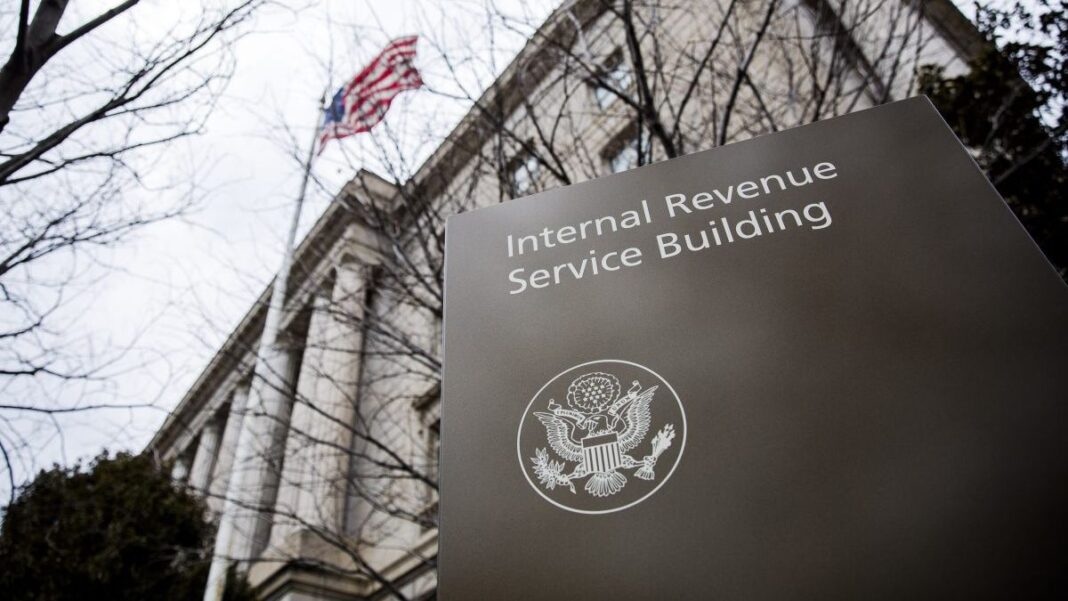
The Internal Revenue Service (IRS) on Friday announced it would raise the 401(k) contribution limit by a record 9.8 percent amid decades-high inflation.
Starting in 2023, Americans can contribute as much as $22,500 into 401(k), 403(b), the federal government’s Thrift Savings Plan, and most 457 retirement plans, according to the IRS’s announcement. That’s $2,000 more than the current contribution limit of $20,500, it said.
In November 2021, the IRS raised the contribution limit by $1,000 for 2022 to the current $20,500, up from $19,500 for 2021 and 2020.
Meanwhile, the IRS raised the limit on annual contributions to an IRA from $6,000 to $6,500 in 2023. The IRA catch‑up contribution limit for individuals aged 50 and above will not be subject to the annual l cost‑of‑living adjustment and remains at $1,000, the IRS news release said.
“Taxpayers can deduct contributions to a traditional IRA if they meet certain conditions. If during the year either the taxpayer or the taxpayer’s spouse was covered by a retirement plan at work, the deduction may be reduced, or phased out, until it is eliminated, depending on filing status and income,” the news release said.
Meanwhile, benefits provider Milliman told the Wall Street Journal that the $2,000 spike in the 401(k) contribution limit is the largest-ever increase in terms of the dollar amount and percentage.
Other Changes
In a separate announcement earlier this week, the IRS confirmed there will be higher federal income tax brackets and standard deductions for next year.
Each of the 2022 tax brackets’ income ranges increased by around 7 percent apiece, as compared with last year’s figures, said the IRS (pdf).
For the tax year 2023, the top marginal rate, or the highest tax rate based on income, remains 37 percent for individual single taxpayers with incomes greater than $578,125, or $693,750 for married couples filing jointly. The lowest rate is 10 percent, and applies to single individuals with incomes of $11,000 or less and married couples earning $22,000 or less.






